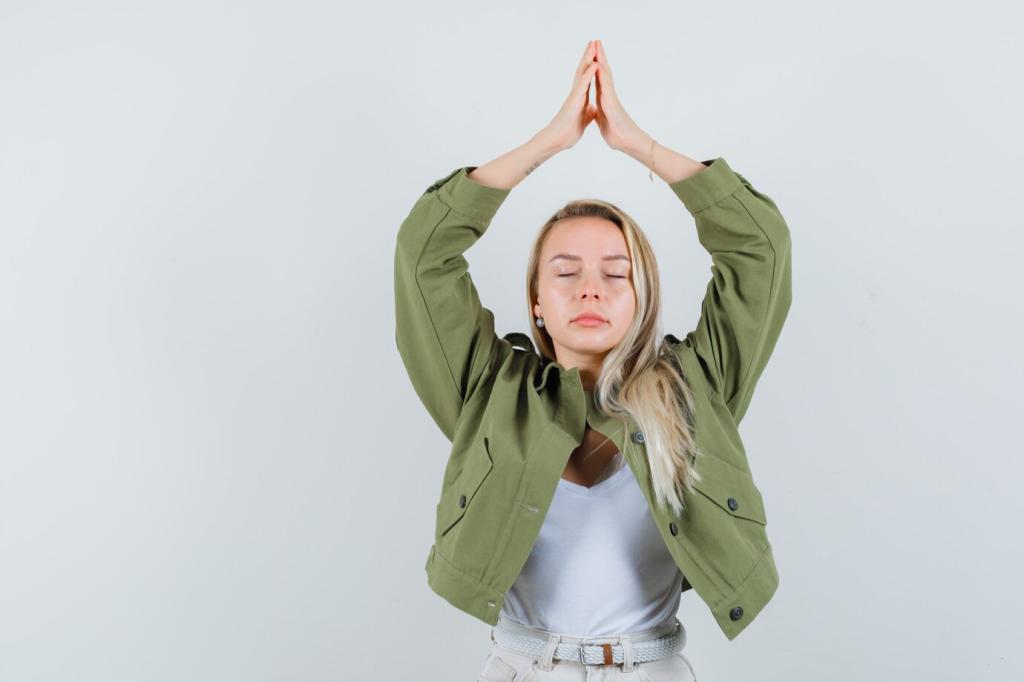
Calm Starts Here: Breathing Exercises for Reducing Anxiety
Today’s chosen theme: Breathing Exercises for Reducing Anxiety. Explore practical techniques, evidence-backed tips, and personal stories that help you transform anxious moments into calm, centered breath—one inhale and exhale at a time.
Why Breath Changes How Anxiety Feels
Slow, gentle breathing stimulates the vagus nerve, nudging the body toward the parasympathetic state where anxiety eases. Longer, softer exhales signal safety, and heart rate variability often improves with consistent practice.

Diaphragmatic Breathing: The Foundation
Lie down or sit tall with relaxed shoulders. Place one hand on your upper chest and the other on your lower ribs. Invite soft belly expansion on each inhale, letting your upper chest stay quiet.

The simple 4-4-4-4 pattern
Inhale for four, hold for four, exhale for four, hold for four. Repeat gently through the nose. Visualize tracing a square with each phase, anchoring attention and nudging the body toward calm stability.
A quick story from a crowded bus
Maya felt panic rising as the bus doors closed. She traced invisible corners on the window, quietly box breathing. By the fourth round, her shoulders softened and the city noise felt less threatening.
Make box breathing stick
Practice during neutral moments, not only crises. Pair it with daily routines—unlocking your phone, waiting for coffee, opening your laptop. Share your go-to moments in the comments to inspire others.


Finding your personal rhythm
Experiment with inhaling for five seconds and exhaling for five, or try four in and six out. Notice how your body responds. Comfort, warmth, and a steady mind are your best guides here.

What the research suggests
Studies show resonance breathing can increase heart rate variability and support emotion regulation. While not a cure-all, consistent practice often complements therapy, movement, and sleep hygiene for managing anxiety.
Breath Habits That Last
Stack calming on daily cues
Attach two minutes of diaphragmatic breathing to something you already do—boil water, brush teeth, wait for a download. Small anchors create steady momentum without draining motivation or willpower.
Track what matters gently
Use a simple mood note and a brief breath log. Notice trends, not perfection. Over weeks, you will often see anxiety spikes soften and recovery speeds improve meaningfully.
Accountability and encouragement
Invite a friend to join a short challenge. Share your favorite technique in the comments. Subscribe for weekly prompts and guided audios that keep your practice fresh, flexible, and compassionate.
Nasal Breathing: Small Shift, Big Calm
01
Why the nose matters for anxiety
Nasal breathing naturally filters and warms air, encourages diaphragmatic use, and often slows the breath. Together, these effects can reduce anxious sensations and make focus feel easier and more stable.
02
From mouth to nose, gently
If you habitually mouth-breathe, start with short nasal sessions. Keep effort light and pace easy. Pair nasal breathing with relaxing music or journaling to create a soothing ritual your body trusts.
03
A mindful check-in cue
Whenever you unlock your phone, notice: nose or mouth? Gently switch to the nose and extend your next exhale. Share your favorite reminder cues below to help others build this calming habit.
